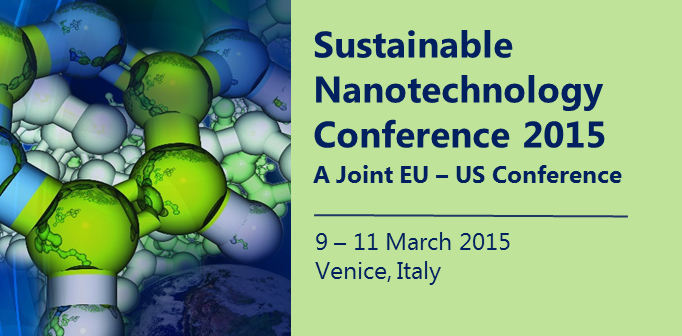Speaker
Beatrice Salieri
(EMPA)
Description
A new modeling framework in life cycle impact assessment (LCIA) is proposed for the calculation of Characterisation Factor (CF) for nanomaterials (such as nano-TiO2 or CNT) for toxicity impact categories. In the recently developed consensus model for ecotoxicity and human toxicity, the USEtoxTM model, the CF is calculated as the product of three factors: Fate Factor, Effect Factor, and Exposure Factor. As shown e.g. in Fantke et al., 2014, or in Sala et al., 2011, toxic impact categories need to have spatially‐differentiated models due to the evidence that differences in fate, exposure and effect mechanisms can vary significantly depending on different geographical contexts.
Regarding nanomaterials, their fate and exposure is actually strongly affected by the physicochemical environmental condition; for example, the water chemistry affects the main processes of aggregation and sedimentation for nanomaterials in freshwater, i.e. the fate factor. Our study here describes a spatially-differentiated fate and exposure model for the calculation of CF for the impact categories freshwater ecotoxicity and human toxicity. The project represents another step in the ongoing efforts in order to improve methods for the assessment of the environmental sustainability of nanomaterials.
Primary author
Beatrice Salieri
(EMPA)
Co-author
Martina Pini
(University of Modena and Reggio Emilia-Department of Engineering Sciences and Methods)
